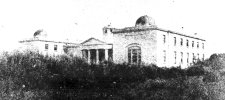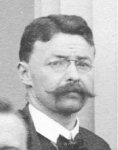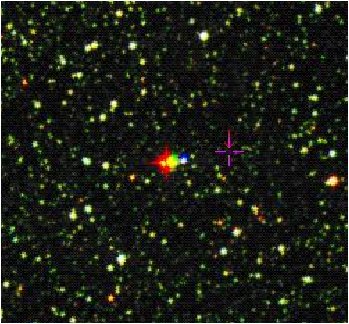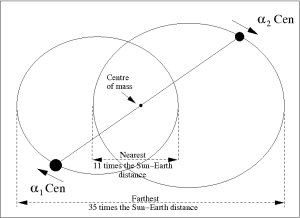PROXIMA - THE NEAREST STAR
(Other than the Sun!)
Available from the author: glass.ian at gmail.com or (for visitors to
SAAO) from the SAAO shops in Cape Town and Sutherland. Also from Ms Thembela
Matungwa tm@saao.ac.za
Price: R80 + postage
(pp 88 + viii. 28 illustrs., 6 in colour. ISBN 978-0-9814126-0-3)
Mons Mensa Publishing, Cape Town (2008)
***100th Anniversary (2015)***

South Africa can claim a unique astronomical distinction: the first ever measurement of the distance to a star. In 1833 Alpha Centauri was the first star to have had its distance measured and it stayed the nearest star known until 82 years later when a closer one was found. The new champion, another South African discovery, was Proxima Centauri. To this day it remains the record holder and Alpha the runner-up.
This book tells the story of the discoveries and the rather curious characters involved in making them, starting with the first suggestion that the distance to a star might be measurable and continuing right up to the present-day investigations of Alpha and Proxima. The treatment is mainly historical, with little that is mathematically challenging! Proxima will be enjoyed by astronomers and non-astronomers alike.





